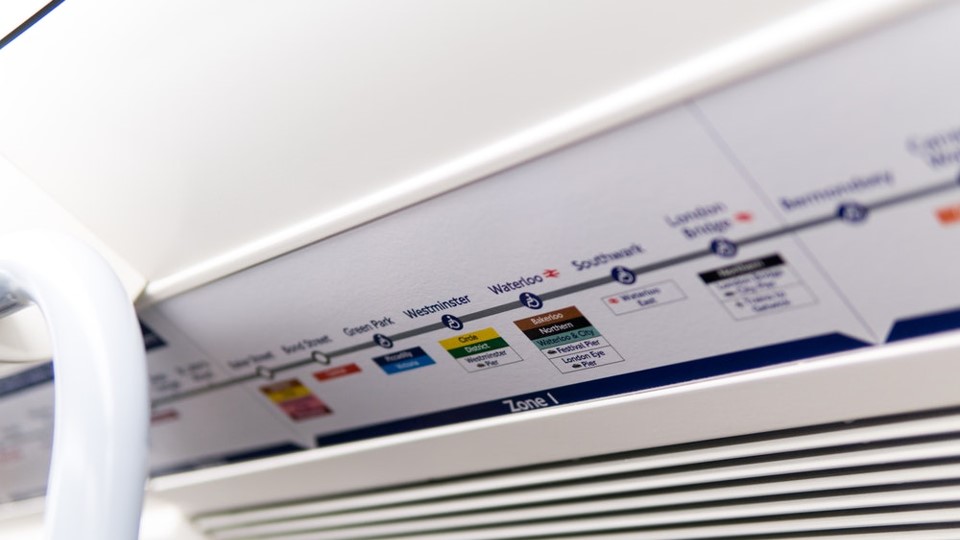
The benefits of delivering insights to your clients in a data-based story are well known:
- Stories are more memorable and understandable vs. reportage
- The better insights are remembered and understood, the more likely they are to be actioned
- The actioning of insights leads to both demonstrable business outcomes and increases value perceptions of insights to a business
However, knowing how to tell a data-based story that is effective by way of being memorable, understandable and actionable is challenging. Especially in the tl:dr (too long, didn’t read) culture that exists today. This is made even harder given that the benchmark for data-based stories is exceptionally high due to the data-tainment used by the sports industry, TED and mainstream media’s use of data visualization.
Effective data storytelling rests on the shoulders of four stages; knowing your audience, planning, messaging and visualization.
stage 1: knowing your audience
Having a clear understanding of your audience helps you determine how to best engage with them. For example:
- Knowing their insight needs helps you to focus your story
- Being aware of how ‘data savvy’ they are informs how simple your visualization must be
- Recognising topics they’re sensitive towards can inform your tone of voice
- Knowing how they communicate will inform the platform (digital or print) you use to tell your story
stage 2: planning
a beginning, a middle and an end
Before designing charts, images or illustrations, look at your data and create a storyboard (plan). Like all good stories, your data-based story needs a beginning, a middle and an end. The planning stage exists to create a narrative that is clear for the audience to follow, before deciding on the messages and visualizations to use. The key is to structure the key points and how they flow together. Remember to keep your narrative clear and easy to follow. A complicated narrative risks losing your audience’s attention.
exploration is key for interactivity
Exploration helps create interesting and unique experiences for your audience. By structuring your data so that it’s not all given away at the start, you are able to maintain high levels of engagement with your audience, as well as sustaining their interest throughout your narrative.
Anchoring is also a key factor to consider when planning your narrative. Anchoring is a behavioral economics term that suggests the first piece of information your audience receives can have a drastic effect on their future decisions. Therefore, it is imperative to consider what order you present your findings within your narrative, as it could impact how they respond to the rest of your findings.
the story’s goal
Determining the goal is a critical point in visual storytelling. Without purpose, there is no story. Ask yourself questions such as, what are the research objectives I need to address, what are my key insights, what do I want my audience to see. Setting your goals early allows you to keep track of the final deliverable, creating a clear and concise path in the storytelling leading up to the purpose of the project.
step 3: messaging
tone of voice
Your audience and the nature of your client will determine the tone you use to tell your story. For example, having a more conservative approach versus a more liberal, straightforward approach. Your tone of voice also dictates the way the visuals are presented; is the data presented in a corporate style of simple charts or quirky illustrations? The objective is to ensure that your message is relatable to your audience, not just in the content but in terms of personality too. The right tone of voice will enable this objective to be met.
hierarchy of objectives
Make sure you have a checklist that lists what messages you need to deliver and how important each of these messages is. This will serve as a route markers in creating an impactful story structure, making sure key points are delivered in a well-structured form before reaching your endpoint.
step 4: visualisation
tools
You need to choose tools that will effectively tell your story, based on the audience, planning, and messaging stages. There are plenty of different tools to work with. Charts, images, illustrations and programming platforms to name a few.
medium
Try to think creatively about your medium, whilst also considering who you are talking to and the type of content you are working with. For example, for time conscious c-suite clients, why not consider short bitesize videos of key insights, that can be easily shared after a debrief, as opposed to a 200-page report.
Or if the insight needs to resonate throughout a whole organization, why not create an event that allows clients to live and breathe the insights.
inspiration
Inspiration is one of the most important criteria for success in data storytelling. There are plenty of visual inspirations that be found on platforms such as Instagram, Pinterest, and Facebook. Using these mediums as a source of inspiration, you will be able to expand your creative capabilities and create a unique and engaging story.




